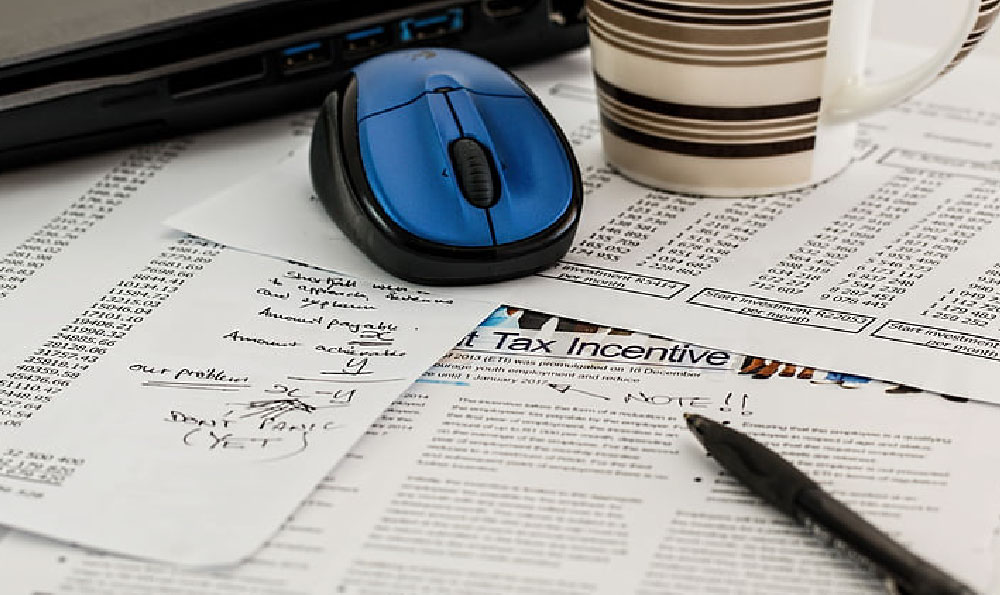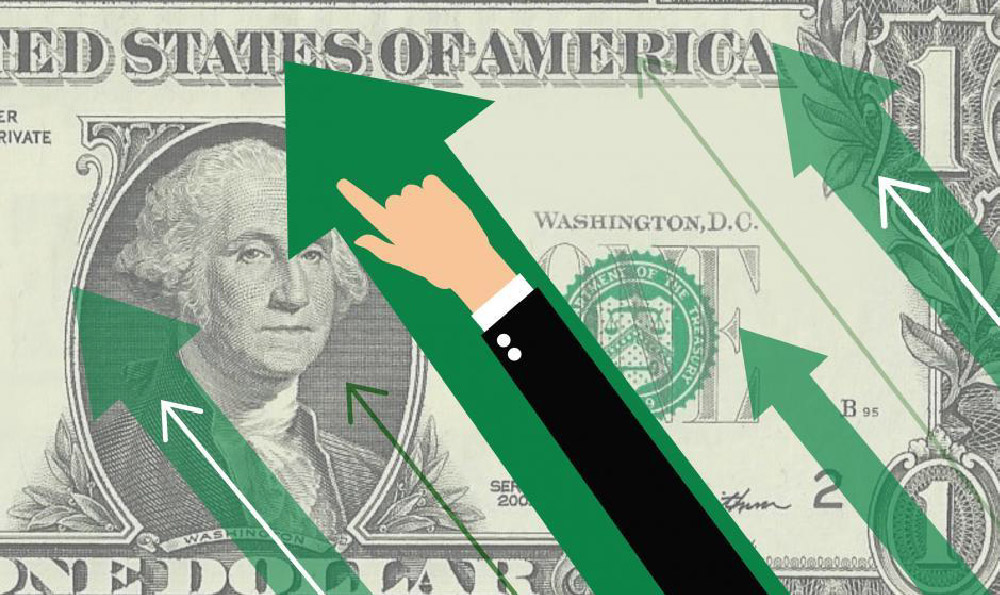Do Gas Stations Profit from Gas Sales? How Much?
The ubiquitous gas station, a fixture of modern life, seems inherently tied to the sale of gasoline. It's natural to assume that fuel sales are the primary driver of their profitability. However, the economics of gas stations are more nuanced than they appear. While gasoline sales undeniably contribute to revenue, they often represent a surprisingly small portion of overall profit margins. To truly understand how gas stations make money, we must delve into the intricacies of their business model.
The profitability of gasoline sales is often thin, and can fluctuate significantly based on a number of factors. One major influence is the price of crude oil. The cost of crude oil is the most significant component of the price of gasoline, and gas stations have little control over these prices. They are essentially price takers, meaning they must accept the prices set by the market. When crude oil prices rise, gas stations must also increase their prices at the pump to maintain some level of profitability. However, they often face pressure from competitors and consumers to keep prices competitive. This can squeeze their profit margins, especially during periods of rapid price increases. They face the risk of losing customers if their prices are perceived as too high, even if the price increase is justified by rising costs. This price sensitivity can be a major challenge for gas stations.
Another factor impacting profitability is the cost of transportation and distribution. Getting gasoline from refineries to gas stations involves a complex logistics network, including pipelines, tankers, and trucks. These transportation costs can add significantly to the price of gasoline, and can vary depending on location and the distance from refineries. Furthermore, government regulations and taxes play a substantial role in determining the price of gasoline. Federal, state, and local taxes can account for a significant portion of the price at the pump, and these taxes can vary widely across different regions. Gas stations must collect these taxes from consumers and remit them to the appropriate government agencies, adding to their administrative burden.

Intense competition also keeps gas stations’ gasoline profit low. Gas stations operate in a highly competitive market. In many areas, there are multiple gas stations located within close proximity to each other. This intense competition forces gas stations to keep their prices low to attract customers. The pressure to remain competitive can further erode profit margins on gasoline sales. Brand affiliation is also a factor. Some gas stations are affiliated with major oil companies, while others are independent operators. Brand affiliation can provide some advantages, such as access to marketing and advertising support, but it can also come with certain restrictions and requirements that can impact profitability. Independent operators may have more flexibility in setting prices and sourcing gasoline, but they may lack the brand recognition and resources of larger chains.
However, gas stations have evolved to rely on other revenue streams that often provide significantly higher profit margins. Convenience store sales are a key area. Walk inside most gas stations and you'll find a convenience store stocked with a wide variety of items, including snacks, drinks, tobacco products, lottery tickets, and basic household goods. These items often have much higher profit margins than gasoline. The impulse purchase nature of these items, combined with the convenience of being able to buy them while filling up the car, makes them a significant source of revenue and profit. The profit margin on a candy bar or a bottle of soda can be significantly higher than the profit margin on a gallon of gasoline.
Car washes are also a profit center. Many gas stations offer car wash services, either as a standalone business or as an add-on to gasoline purchases. Car washes can be a lucrative source of revenue, as they require relatively little labor and can generate high profit margins. Furthermore, car washes can attract customers who may not have otherwise stopped at the gas station, leading to additional sales of gasoline and convenience store items.
Repair services provide a source of income as well. Some gas stations offer basic automotive repair services, such as oil changes, tire rotations, and battery replacements. These services can be a valuable source of revenue, particularly in areas where there are limited options for automotive repair. While these services may require specialized equipment and trained personnel, they can generate higher profit margins than gasoline sales.
ATM fees, and increasingly, electric vehicle charging stations provide new revenue. Many gas stations have ATMs on site, and they charge fees for withdrawals. These fees can be a significant source of revenue, particularly in areas where there are limited ATM options. With the growing popularity of electric vehicles, some gas stations are starting to install EV charging stations. While the initial investment in these stations can be significant, they have the potential to generate substantial revenue in the long run. Furthermore, offering EV charging can attract a new type of customer to the gas station.
In conclusion, while gasoline sales are a core component of a gas station's business, they are not always the primary driver of profit. Gas stations rely on a variety of other revenue streams, such as convenience store sales, car washes, and repair services, to generate profit. The profitability of gasoline sales can be affected by a number of factors, including the price of crude oil, transportation costs, government regulations, and competition. The long-term viability of gas stations depends on their ability to adapt to changing market conditions and diversify their revenue streams beyond gasoline. This may include investing in EV charging infrastructure, expanding their convenience store offerings, or providing additional services to customers. By focusing on these strategies, gas stations can position themselves for continued success in the future.















